Since Russia began amassing troops on Ukraine’s border last fall and through the full-scale invasion of its neighbor launched two weeks ago, carefully coordinated responses from NATO allies have succeeded in preventing violent conflict between NATO and Russia. However, these actions have also created the perception that NATO policy is driven by “escalation aversion,” a bias in which careful weighing of multiple risks has been abandoned in favor of avoidance of a single worst-case outcome: nuclear war. While this is a crucial goal, this exclusive focus gives the impression of paralysis and cedes the initiative to Russian President Vladimir Putin.
The West may have lost an opportunity to attempt to minimize civilian suffering in Ukraine, potentially neglecting its responsibility to protect, lending the appearance that the West has no more moves. While solutions that consist of providing military aid to the Ukrainians are fraught with the potential for escalation, a better understanding of escalation aversion, what it leaves to chance, and how it, in turn, influences the adversary, is required.
In particular, public statements and demonstrable actions, including ruling out sending U.S. troops to fight Russian forces, open discussion of a no-fly zone (NFZ), and disputes over the provision of aircraft, have been shrouded in language that speaks to a fear of escalation. Escalation aversion is a kind of consistency bias — a heuristic that generally manifests itself as an insensitivity to tradeoffs, potentially leading decisionmakers to disregard evidence that might indicate disadvantages due to an exclusive focus on (in this case) a single priority. Consequently, the enduring problem with escalation aversion is that, by substituting a focus on the risk of a single outcome (escalation) for consideration of a broader set of outcomes, the risk of inaction is overlooked.
Additionally, in part because international law is “fuzzy” on degrees of escalation, U.S. statements that rule out the use of armed conflict have sought to eliminate anything that might be construed as escalatory — period. In part, this is because the West seeks to hold Putin solely accountable for the conflict: By issuing such statements, the West avoids sharing the responsibility for the scope and scale of the war — not that this will actually stop Putin from blaming the West. Moreover, while NATO policy is clear that an attack on one NATO country is an attack on all, policy is less prescribed for an attack by one, further contributing to fear of escalation.
Escalation aversion losing the initiative
The West has managed to do some things in the current crisis (now conflict) without escalating or losing the initiative. Prior to the (further) invasion of Ukraine on February 24, the West attempted to deter Russia through threatening severe sanctions. Once even more punitive sanctions than originally anticipated were imposed, Putin argued that these measures were equivalent to war. Due to making the deterrent threat prior to the invasion, the West made Putin’s attempt to reframe ineffective.
Moreover, the West has made some prudent moves to decouple nuclear weapons from the conflict without undermining its own leverage. When Putin announced Russia was putting its “defensive” nuclear forces on alert, the United States resolved to maintain its current nuclear posture, and even canceled a long-planned intercontinental ballistic missile test.
Other Western moves were probably necessary, but could have been handled better. Ukrainian President Volodomyr Zelenskyy’s request for the announcement and implementation of an NFZ was met with far too much media enthusiasm, which could have been better tempered by incorporating expert understanding of the combat required to make an NFZ useful to the Ukrainians. Ukraine is being brutally attacked and can ask for whatever it likes. But the response to this proposal unnecessarily required the West to respond due to support among pundits and politicians who entirely overlooked the fact that a no-fly zone directed against Russia is a euphemism for war.
However, the West has unnecessarily ceded the initiative in other ways. Prior to Russian forces launching their latest invasion of Ukraine, President Joe Biden ruled out sending U.S. troops to fight Russian forces — even to evacuate U.S. citizens. While this played well to a domestic audience, it also demonstrated an apparent escalation aversion. As NATO countries offered lethal military assistance, great pains were made to avoid the transfer of any hardware that could give the impression that NATO had joined the fight. Once early-stage transfers of weapons to Ukraine were announced and sanctions began to be implemented, the West gave the impression that it had no moves left other than additional sanctions.
Similarly, the botched announcement by Poland that it would be transferring MiG fighter jets to Ukraine via the United States was met with an unequivocal U.S. rejection for reasons of escalation aversion. Poland’s attempt to pass the buck to the United States also demonstrated the same aversion, since it would have made it the responsibility of a nuclear power to deliver the planes, a step Warsaw was unwilling to take on its own.
Recovering the initiative
Certainly, the risks of escalation, which could occur in multiple different ways, should not be minimized. But there are actions that the West could take to recover the initiative and substantially reduce the exploitable perception that it is driven by escalation aversion.
- Prevent factionalization. We should expect factionalization across NATO states. For example, states which are more directly in Putin’s line of fire in eastern Europe may be more willing to enter the conflict before more distant NATO allies such as Spain or Luxembourg if those eastern states anticipate that doing so would improve their chances for survival (or vice versa). In anticipation, NATO needs to double down on allied consultations and preserve the outward appearance of NATO as a unitary actor to avoid more amateur hour performances that seek to pass the buck to the U.S.
- Speak softly… While public opinion on foreign policy matters in a democracy, public discussion of potential Western moves to support Ukraine is no longer a useful messaging tool. While the support Zelenskyy garnered from many countries, as indicated via social media, reportedly bolstered Ukrainian morale and sent Putin the message that public opinion was on Ukraine’s side, continued public discussion of policy options allows Putin an opportunity to make deterrent threats of escalation in advance. NATO messaging unity is important and can continue to be very effective in shifting blame to Putin. As this proceeds, we should be more tight-lipped about which Western countries are donating what material and support to Ukraine so that deterrent threats by Russia may be avoided. While it is difficult to avoid social media amplification of simplistic solutions such as an NFZ, the mainstream media should consult with actual experts rather than talking heads.
- …and give Ukraine a big stick. Instead of ideas about flying fighter jets into Ukraine, we should direct our attention to creative transfers or more useful weapons. It is far from clear that MiGs would be the most effective addition to Ukraine’s arsenal. In the short term, more effective weapons transfers could improve Ukraine’s air defenses, like more capable man-portable systems that are less vulnerable and have fewer infrastructure requirements. (In the longer term, the MiGs could eventually prove both a smart and useful move.) Similarly, the additional provision of low-tech drones would bolster intelligence and anti-armor missions.
- Setting red lines. Russia is following the same playbook that it did in Syria: attacking hospitals, dropping butterfly mines into cease-fire corridors, using cluster bombs, agreeing to meaningless cease-fires, and opening corridors to nowhere. These are clear violations of the laws of war as well as human decency. Escalation aversion dictates that the West should not respond proportionally — or at all — for fear of raising the stakes. The West could, however, vow to respond to shelling of civilian targets by taking steps that offer a low risk of escalation such as providing counter-fire systems to Ukraine, placing additional Organization for Security and Co-operation in Europe observers on the ground in Ukraine, aiding evacuation of refugees, or even organizing evacuation by sea in Mariupol. We should be inspired by international humanitarian law rather than constrained by narrow interpretations of war participation, which remains “fuzzy” in this area anyway. This is the hardest recommendation to implement, as it would likely require putting Western personnel at risk, but it is a moral imperative.
While we certainly do not advocate an escalatory response to Russia’s attacks, escalation aversion — at least publicly — signals the kind of restraint Putin can exploit by continuing to attack civilians and work his way up the escalatory ladder. There are a number of options available that offer a substantially lower risk of escalation than a no-fly zone while offering substantial military effectiveness that also signal meaningful support to Ukraine and, critically, aim to save civilian lives.
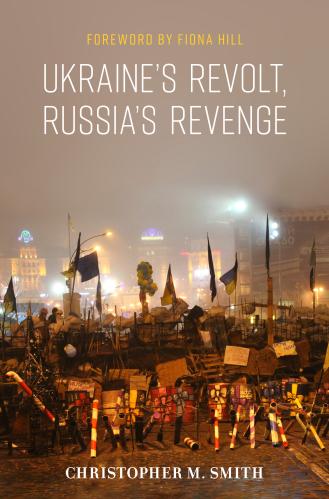
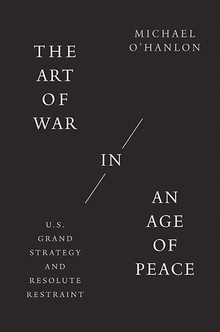
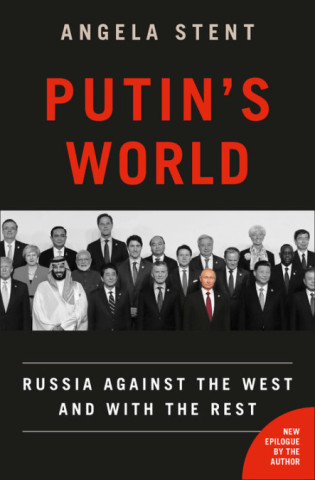
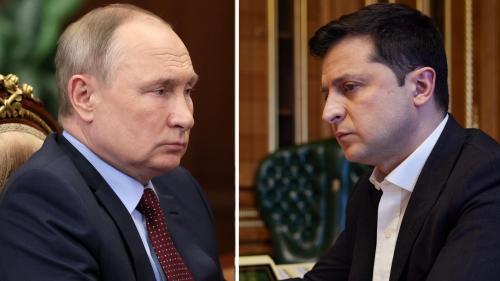
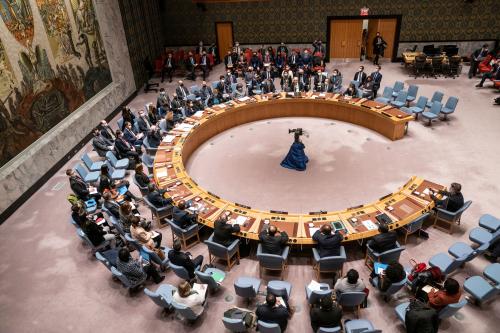
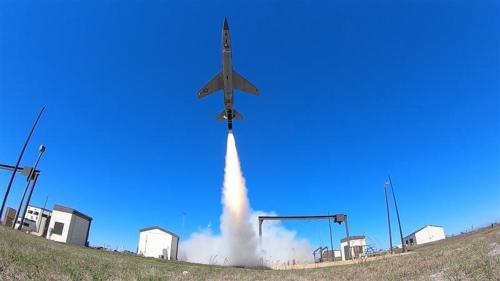




Commentary
Mind the escalation aversion: Managing risk without losing the initiative in the Russia-Ukraine war
March 11, 2022